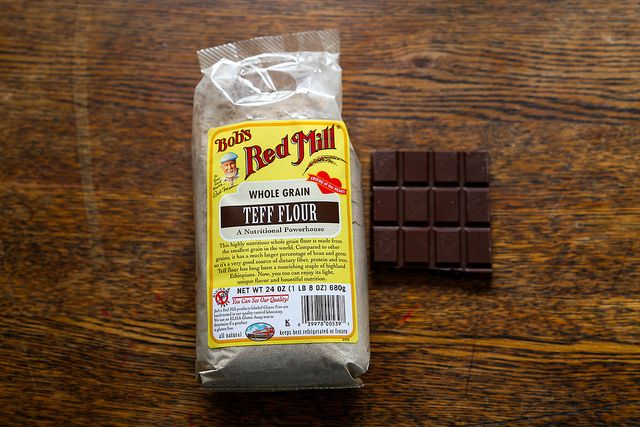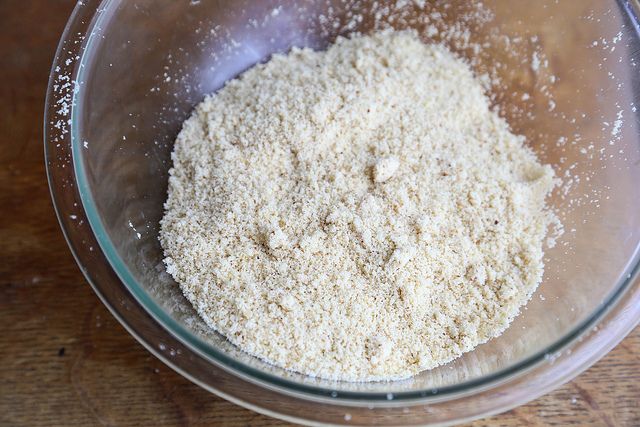Popular on Food52
Continue After Advertisement
7 Comments
icuqt3.14
June 23, 2013
Could you post or email me a recipe for your teff chocolate chip cookies? Sounds amazing!
Sophia R.
June 18, 2013
I haven't baked with Amaranth yet but if it has an assertive grassy flavour I would try using it in citrussy cakes and/or cakes made with olive oil where you want to underline (rather than hide) the olive oil flavour - e.g. the cakes made with whole boiled oranges, rich chocolate cakes made with little flour and maybe some orange zest and/or paired with some orange segments and a creme fraiche ice cream?
scott.finkelstein.5
June 17, 2013
I have some big old bags of millet and sunflower flour in my cabinet. Hopefully, they're still good.
Does anyone know good ratios of gluten-free flour to bread flour to approximate all purpose, pastry, and cake flours? That would be a great way to quickly adapt any recipe not directly calling for bread flour.
Does anyone know good ratios of gluten-free flour to bread flour to approximate all purpose, pastry, and cake flours? That would be a great way to quickly adapt any recipe not directly calling for bread flour.
Leona S.
June 17, 2013
I love Teff flour with Oat flour for cookies and brownies too! I use it for zucchini bread also, my family loves it.
passifloraedulis
June 17, 2013
Shauna, how do you use teff flour? I'd love some suggestions.
glutenfreegirl
June 17, 2013
Well, as I wrote, I use it in anything I bake with chocolate. The next time you make chocolate cake, try 10% of the flour as teff flour. It will enrich the chocolate taste immediately!



See what other Food52 readers are saying.